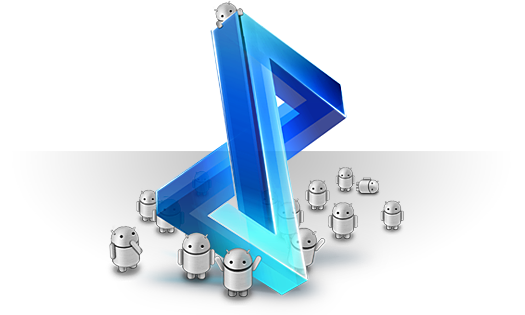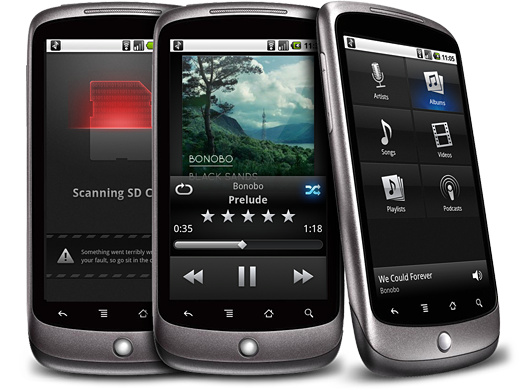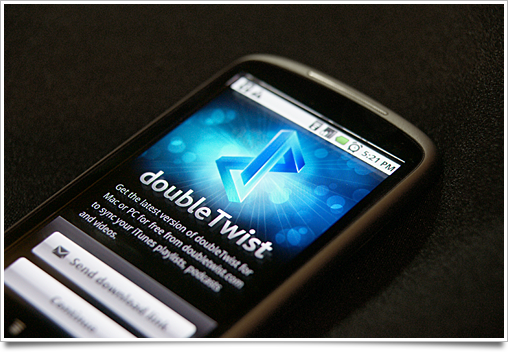On March 30, I raised quite a few questions on Twitter when I changed my handle from the old @cocoia to @sdw — a shorthand for my full name, Sebastiaan de With. I also bought (and put some pages up for) domains like dewith.com and sebdw.com. I mentioned that I’d announce my motives sometime in the future. Some people speculated I was going to expand Cocoia, others (interestingly relevant today) assumed Cocoia was acquired.

It’s none of the above. I’m putting Cocoia in carbonite for a while as I start my first full-time job in the United States: I will be joining doubleTwist as Chief Creative Officer, responsible for overseeing and working on the design, interaction and polish of all their apps and services. I’ve been working with the awesome people at doubleTwist as a freelancer for years now and I’m really, really stoked to give them my full attention. We’ve been working on some extremely cool stuff.
I’ve interviewed with over a dozen companies early this year, and my joining doubleTwist is the conclusion of a long period of weighing all the awesome opportunities I had. You may have seen me traverse all the valley campuses on social networks as I ‘shopped’ around. A luxury problem if there ever was one: picking a job from all these kickass companies. doubleTwist is undoubtedly the best choice, though: working with Jon (– of ‘DVD Jon‘ fame) and Monique has always been a pleasure, and the other staff are some of the most detail oriented and talented I’ve known in the industry.

In related news, I will be moving to San Francisco soon. As a city, it’s a fantastic place to live. As a place, it’s where I truly feel at home out of all the places in the world. I can’t wait to be living and working there.
What does this mean to you, my reader and / or customer, and my ‘behavior’ online? Icon Resource and other Cocoia products will still be supported and developed. I will still work on side projects, UI breakdowns, speak at conferences and (loudly) voice my opinion on things. I will be working more with Android (and possibly, as they emerge, more mobile OSes).
I will, however, no longer accept freelance work. After six years of freelance designing, this is truly the end of an era. Thanks to all my awesome clients, large and small, and my ‘competitors’ for being awesome inspiring designers I was proud to share a market with. You know who you are. I’m sure we’ll work together again in the future. For now, goodbye.
And, of course, I’ll be showing off some of the awesome things I’ve been working on for doubleTwist very soon.






